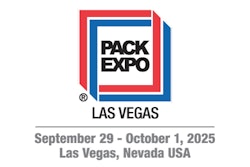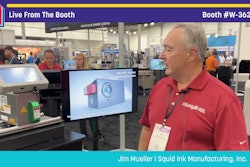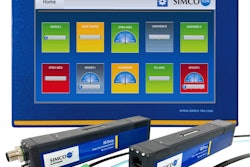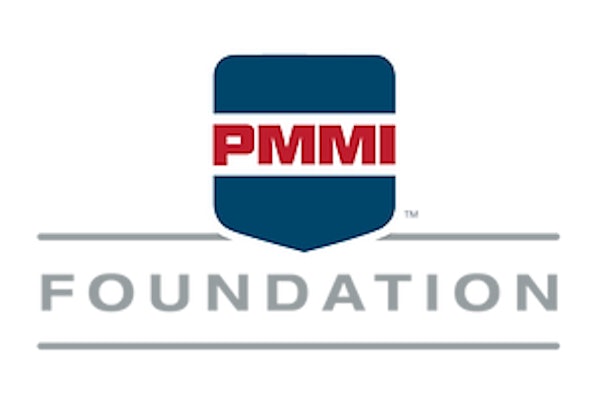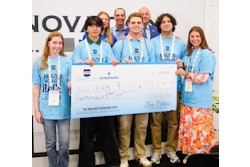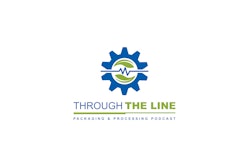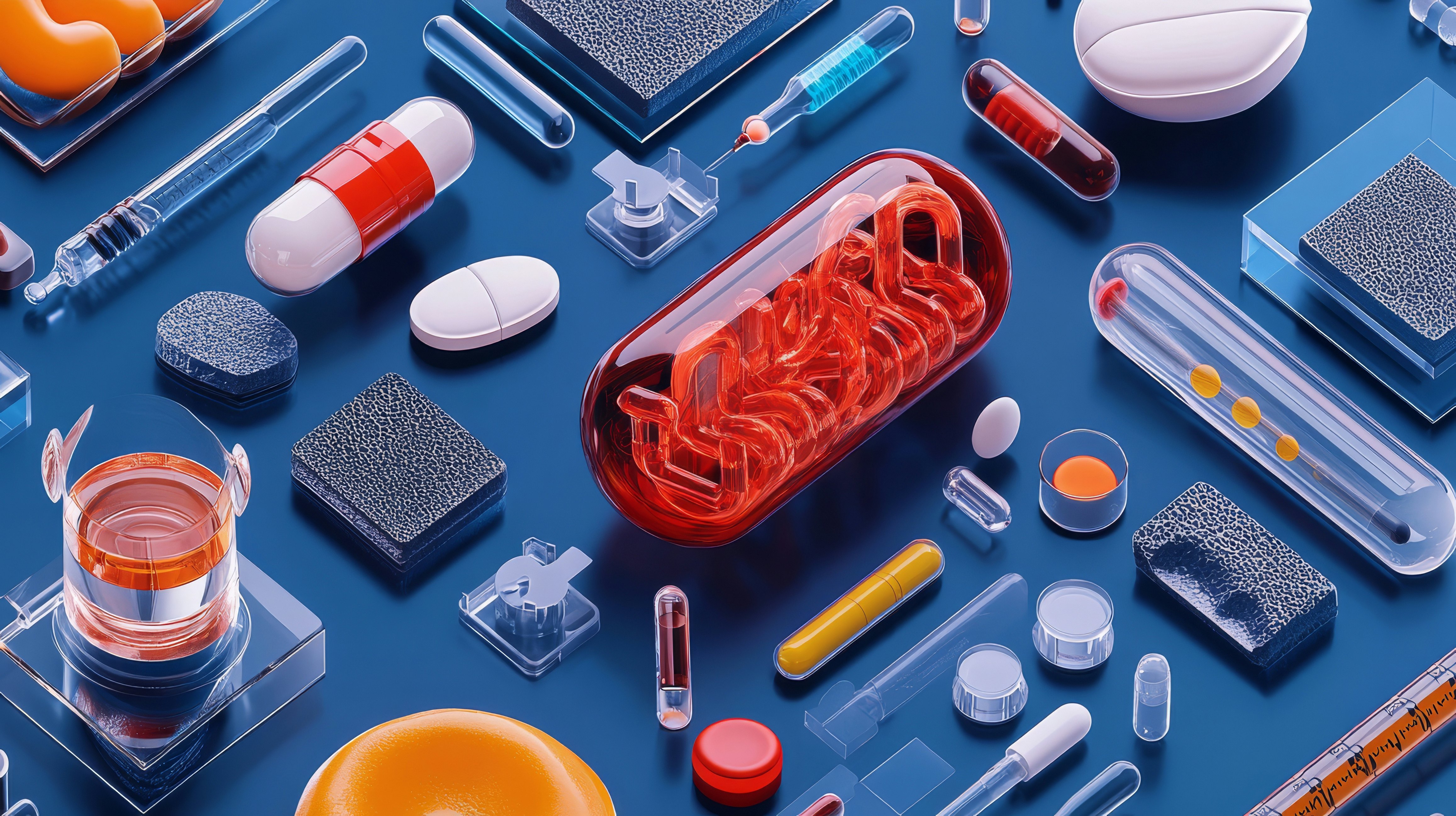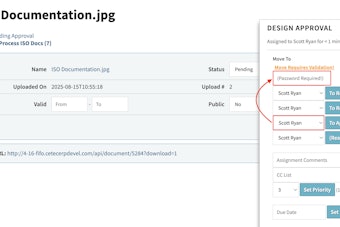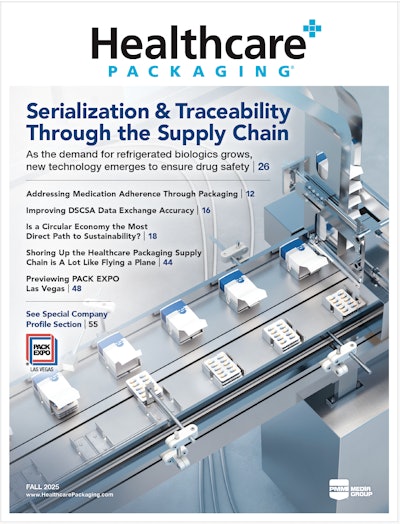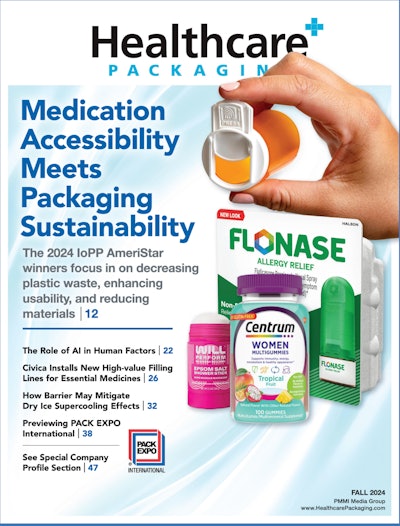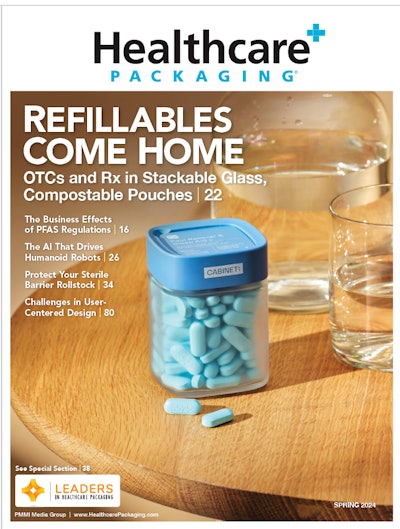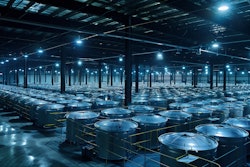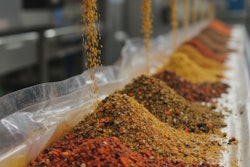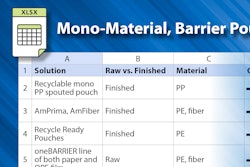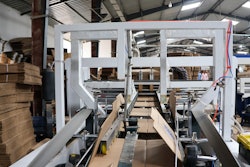My name is Oliver Mueller. I'm a Product Specialist for FPS Food Process Solutions, and I focus on our new products which, at the moment, means a lot of pulsed electric foods. So that is the technology where we apply a high voltage electricity directly to foods to impact the cellular structure of those foods. So we basically punch little holes in the cell membrane, which then allows liquids to seep out of the cells more easily. We can also push liquid back in kind of a confusion step, but, usually that's gonna cause a number of kind of effects on the line so we can soften foods, we can improve the thermal connectivity within those foods.
We can improve drying rates, we can improve freezing, cooking, we can also do extraction benefits. So by punching those holes, if you're trying to get anything out of those cells, you can also push stuff out of the cells a lot more easily. So, the main applications today are potato, so french fry and potato chip processing, that's where we're really trying to soften the potato to make it more malleable, so it cuts more cleanly, and the the other next biggest is really extraction. So olive oil is the big market, and that's why you're punching holes in those cell membranes.
Then when you're trying to get the olive oil and all the kind of solutes, the good stuff, the polyphenols, those color compounds, the vitamins, you get more of that out into the oil itself. That holds true whether it's juice, whether it's oil, whether you're extracting a certain compound out of the food. Whenever you're trying to get something out of a cell, that's obviously also very, very beneficial.
Yeah, so here for example we have this went in at about 10 o'clock, so we're about 4.5 hours in. This is just a slice of beetroot. You can kind of see that float in there. This is a control, and this is from the same from the same beet. We've got a path slice. And you can see how much that color is diffusing into the water, right, and how much of those of those compounds are coming out of the piece of beet into the water. So this is kind of showing off how much we can improve extraction. Right, so if you're, you're looking at a juicing or of an oil extraction process, this is gonna be kind of what that looks like.
If we go over to potatoes, so here we have a treated potato. We got this maybe half an hour ago. You can see how malleable and bendy that is, you know, you can twist it really easily. It's going to be very hard to break if I try and do that, whereas when we have a control, just a normal regular piece of potato, it's not going to be very malleable, right? If I try and bend it too much, it'll break on me, right? So I'm going to be able to break that versus with a piece that's going to be much harder to do. Yeah, so there we're talking about cleaner cuts.
You're replacing a very thermally intensive preheating step, and that's really kind of the main step now in preconditioning prior to cutting in any french fry plant, around the world. Yeah, so we have, we have two styles of system. We have liquid systems. We call them in solid systems. Liquid systems is referred to a pumpable application. So we're pumping our product, if it's olive oil, it's the olive mash, so it's just pure product that we're pumping. In a juicing application, it would be a mix of juice and fibers, for example, we could also submerge something in water, right?
So if we have something that's very small like a blueberry, let's say a cranberry, a bean, something like that, peas, we would submerge that in water and then pump it, or we have our solid systems, which is where we have a big tank of water basically, and we have a conveyor going into that water. When it's in the water, we apply the high voltage electricity. We always want that to be submerged right so we avoid arcing and sparking in that system, and then we'll come out the other side.



